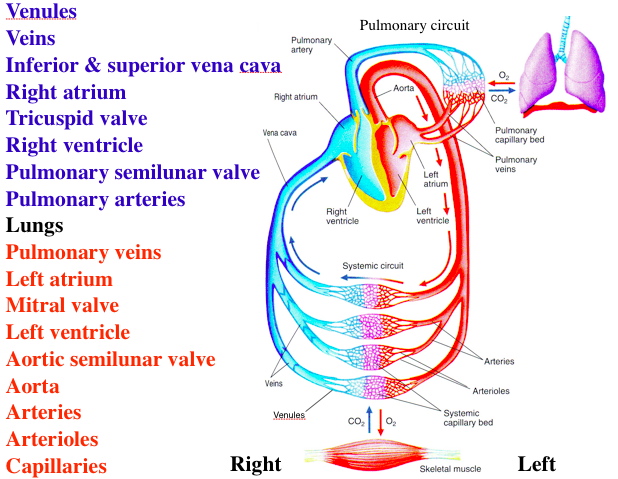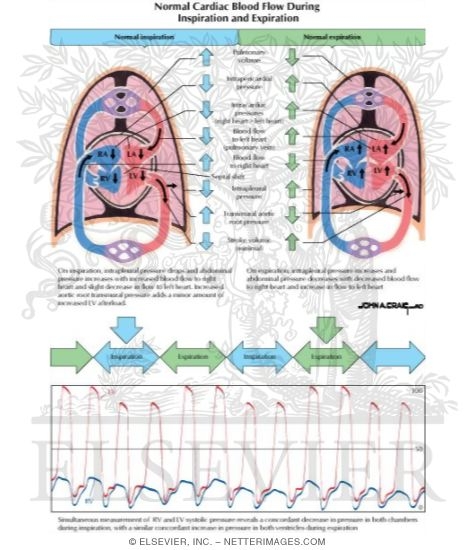

- #Mastering a and p heart blood flow windows 7#
- #Mastering a and p heart blood flow professional#
- #Mastering a and p heart blood flow windows#
It is recommended that you use the Chrome, Safari, or Firefox browsers on a Mac, or Chrome and Firefox on a Windows PC.
#Mastering a and p heart blood flow windows 7#
Your computer must run the following operating systems in order to view the module: OSX for a Mac, iOS 7 or higher for Apple mobile products, and Windows 7 and above for PC. In order to run this module on your computer, you must have about 170 MB of available space. Residents, fellows, and primary care physicians may also benefit from regular refreshers of these skills at times or as needed. Generative processing is facilitated by using words in combination with relevant pictures and by using a conversational tone and style in speech and writing.Ī conversational, personalized tone and words with relevant pictures are used throughout the program.Įxplaining how pathologic changes to valvular function affect cardiac mechanics and blood pressure. Processing that allows learners to apply their knowledge to real-life problems and situations.

The entire program is chunked into modules and screens. In the Basics of Cardiac Auscultation and the Heart Sound Primer, audio narration accompanies still and moving images concepts and terms used in other parts of the program are explained. text), segmenting content into chunks, and explaining concepts and terms before using them in instruction. Essential processing is enhanced by using spoken words (vs. Processing that helps learners remember and understand information and form cognitive models of the material. We eliminated nonessential material, highlighted lesson organization, and provided an easy-to-use interface. The information presented pertains directly to the learning objectives. Processing that does not support the learning objectives (e.g., too much information, fun and interesting but irrelevant material, poor user experience design). 2Įvidence-Based Multimedia Design Principle The program was designed in accordance with evidence-based multimedia design principles to maximize learning by reducing extraneous cognitive load, optimizing intrinsic processing, and supporting generative processing ( Table 1). The PSB uses audiovisual modalities, guided tutorials, a gamified e-learning activity, interactive clinical cases, and a self-assessment to facilitate learning. For the novice learner, this program is ideally used in conjunction with other curricular instruction and clinical experiences. Since then, we have used the PSB with medical students in internal medicine clerkships, systems-based courses, and introductory clinical skills courses.Īs an important component of the physical examination, these skills are relevant across the continuum of medical education and critical to the diagnosis of many health conditions, including mitral valve prolapse (MVP), aortic stenosis, and congestive heart failure. The PSB was originally developed in 1990 to address the growing need for training in cardiac auscultation skills.
#Mastering a and p heart blood flow professional#
*S3 and S4 heart sounds are associated with pathologies and are not routinely heard.This Professional Skill Builder (PSB) allows health science students the opportunity to practice cardiac auscultation skills using simulated cases with expert faculty feedback. Note that during isovolumetric/isovolumic contraction and relaxation, all the heart valves are closed at no time are all the heart valves open. Ventricular diastole – Ventricular filling 2 Ventricular diastole – Ventricular filling 1 Ventricular diastole – Isovolumetric/isovolumic relaxation Ventricular systole – Isovolumetric/isovolumic contraction The Wiggers diagram clearly illustrates the coordinated variation of these values as the heart beats, assisting one in understanding the entire cardiac cycle. In the Wiggers diagram, the X-axis is used to plot time subdivided into the cardiac phases, while the Y-axis typically contains the following on a single grid: Teaching aid in cardiac physiology A Wiggers diagram modified from Ī Wiggers diagram, named after its developer, Carl Wiggers, is a unique diagram that has been used in teaching cardiac physiology for more than a century.


 0 kommentar(er)
0 kommentar(er)
